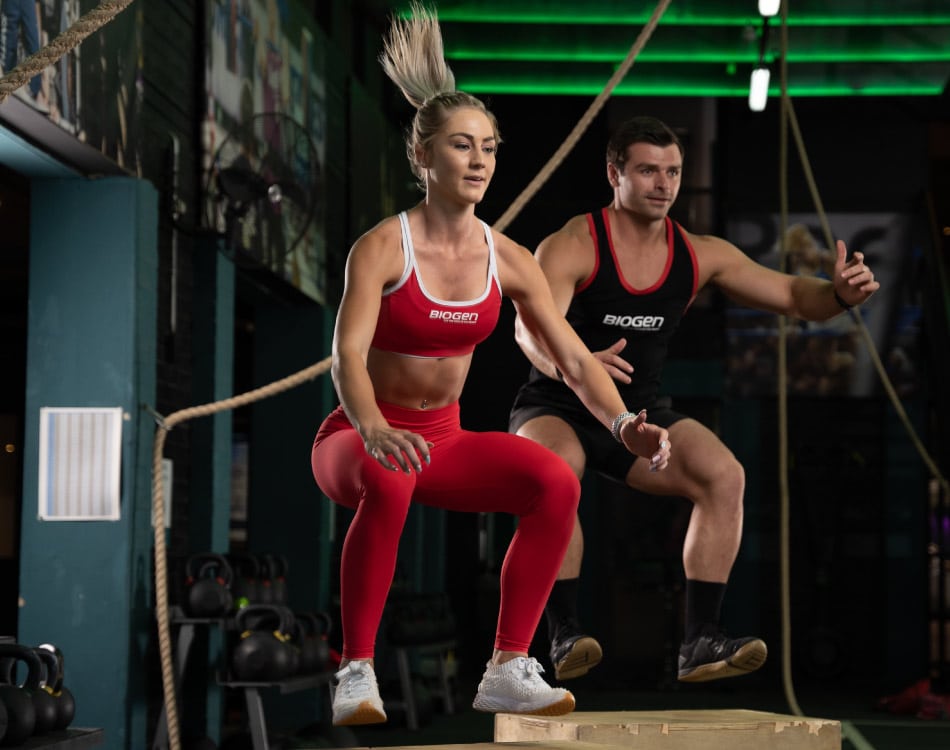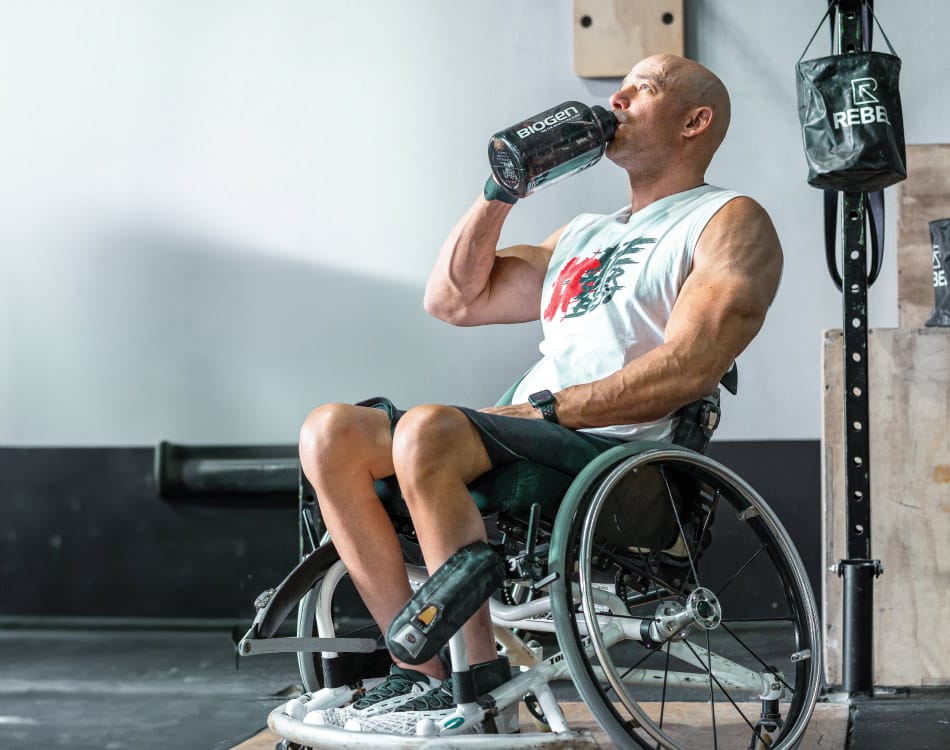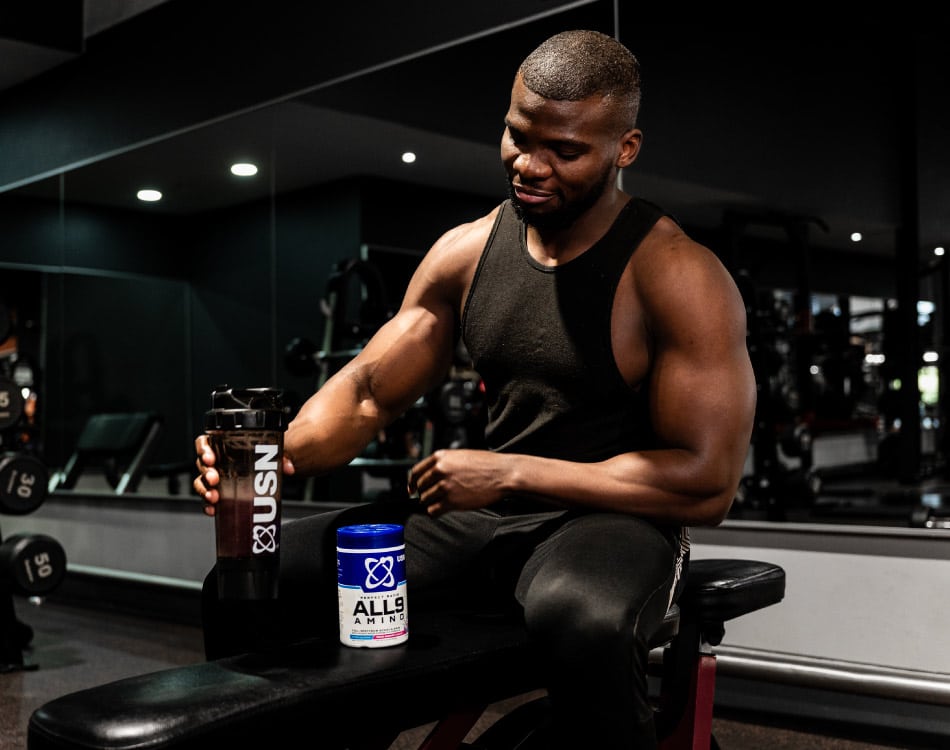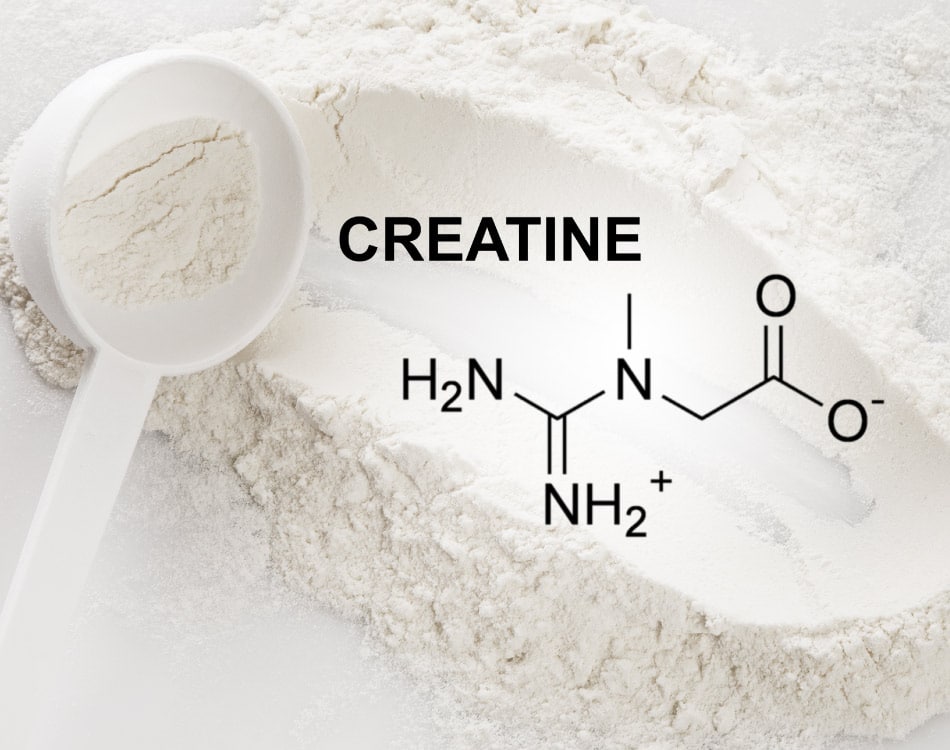What training split do you follow? It’s a question you’ll hear a lot in gyms around the country as everyone hunts for the perfect training plan.
But is there one training structure that delivers superior results compared to all the others?
Well, that would depend on your goals, suggests science. Most gym-goers lift weights to improve their aesthetics, which is why they follow the split training routines that have been popularised by muscle-bound bodybuilders over the last few decades.
READ MORE | Power-Build Your Way To A Bigger, Stronger Body
Body part isolation
This traditional workout structure generally focuses on one muscle group per session, using multiple exercises to overload muscles with a combination of volume and intensity.
This workout split can follow a 7-day structure that looks something like this:
- Day 1: Upper legs
- Day 2: Chest
- Day 3: Lower legs
- Day 4: Shoulders
- Day 5: Back
- Day 6: Abs
- Day 7: Arms
While there is no doubt that this approach works, not everyone is after the same results. We also respond differently to training volumes and intensities, and have different daily schedules, and work and family commitments that may limit how many times we can get to the gym to train.
Interestingly, there’s also research that suggests that other approaches, like a 3-day, full-body program, might be as effective as a split body-part routine when it comes to developing more muscle.
Is full-body better?
In one study published in the Journal of Strength and Conditioning Research, titled “Influence of Resistance Training Frequency on Muscular Adaptations in Well-Trained Men”, highly respected fitness and sports nutrition expert and researcher, Brad Schoenfeld, PhD and his colleagues investigated the effects of training muscle groups one day per week using a split routine, compared to training three days per week using a full-body routine.
The results showed that those who trained using a full-body group experienced significantly greater increases in muscle thickness compared to the split routine group.
This finding led the researchers to conclude that there is “a potentially superior hypertrophic (muscle-building) benefit to higher weekly resistance training frequencies.” No significant differences were noted in maximal strength, though.
Try this full-body routine for an effective workout:
- Squats
- Lat pulldown
- Stiff-legged deadlifts
- Incline dumbbell presses
- Standing calf raises
- Lateral dumbbell raises
- Standing EZ bar curls
- Tricep pushdowns
- Sit-ups
Perform the workout 2-3 times a week, taking a full rest day or performing a cardio session in between. Perform 3 sets x 8 – 12 reps per exercise.
READ MORE | Why You Should Train For ‘THE Lactic Acid Burn’ More Often
Digging deeper
As the researchers noted in their conclusion, targeting the same muscle 2-3 times a week on the full-body program, instead of once with the split routine, delivered the kind of muscle-building benefits you would normally associate with a traditional bodybuilding approach.
Offering deeper insights into this correlation, another study looked at the effects of two equal-volume training protocols on strength, body composition and hormones in male rugby players.
The players who followed a split routine followed a lower-body, upper-body approach, while those on the full-body program performed all exercises at every workout using the same rep and set structure. This effectively meant that the athletes following the full-body routine trained each body part three times per week, while the split routine trained each body part 1.5 times per week.
At the end of the research, both groups improved their strength, with no statistically significant variations.
However, according to the findings there were important differences in the body composition between the two groups.
The full-body group experienced greater reductions in fat mass and a slighter greater (non-significant) gain in lean body mass. However, when these two variables are considered in the context of conditioning, the full-body group had improved their overall body composition more so than the split routine group.
In terms of the effects on their hormone levels, the researchers found that the split routine produced increases in both testosterone and cortisol, whereas the full-body routine produced no changes in testosterone, and actually reduced cortisol levels.
READ MORE | 10 Ways To Get Stronger Now
What the research reveals
If you’re looking for a definitive answer as to which is best to build a better body based on these findings, you’re not going to find a either-or answer here.
Both approaches work to improve strength and muscle size when total volume remains the same, but one just worked better under the study conditions. Both routines can produce meaningful gains in strength and both improve body composition.
READ MORE | Know Your Gym Jargon With This Helpful Guide
The third option
But before you decide on your preferred approach, there is also another option to consider.
An upper-lower body workout split is also an intelligent way to program your weight training, as it reduces the volume of work performed by individual muscles at each session, but enables you to train with greater frequency. Think of it is the middle ground between a full-body and split routine.
With this approach, you can target your upper and lower body up to three times a week, with enough time between sessions to ensure adequate recovery and with a total training volume that delivers the desired results.
If programmed correctly, total weekly training volume per muscle group will remain the same, but the stimulus is vastly different to a traditional split routine.
This approach is also effective to boost workout intensity, as multiple compound movements that target different upper-body muscle groups can be included in the workout. This boosts the metabolic effect of the workout to burn more calories, which delivers a beneficial conditioning effect.
A suitable upper-body workout could follow this structure:
- Chest: Bench presses
- Back: Low cable rows
- Shoulders: Seated dumbbell presses
- Chest: Dumbbell flyes
- Back: Bent-over barbell rows
- Shoulders: Cable high pulls
- Biceps: Drag Curls
- Triceps: Overhead Barbell Extension
Making your choice
The question you need to ask is, will one approach continue to deliver better results over time? Probably not, which is why a combination of the the three might be better.
Based on the findings, a full-body approach may serve you best when trying to improve body composition or for fat loss.
On the other hand, the tried-and-trusted split training approach will deliver long-term benefits to aesthetic-focused training plans due to the beneficial testosterone response. Both approaches were equally effective at developing lean muscle mass – they both were equally effective.
You can then periodically incorporate the upper-lower split into a either plan for added variety, as an active form of recovery or to fine-tune body composition. It can also be used as a means to prioritise lagging muscle groups without losing conditioning in other areas of the body.













